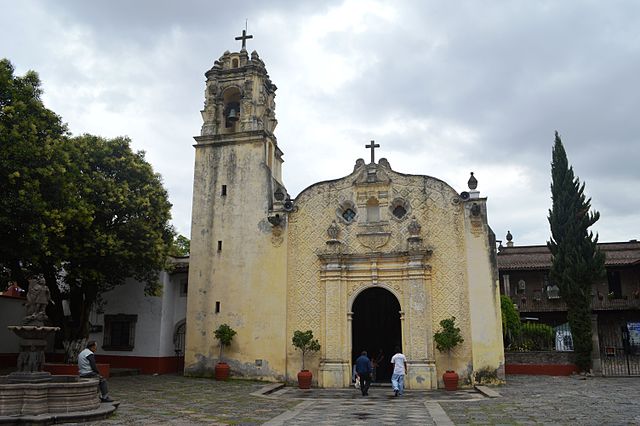
Magdalena Atlitic is a small village in the city’s southwest. Built between two hills, the Sierra de las Cruces and Ajusco, it’s an old pueblo close to the city that still retains many of its own traditions and history. Atlitic can also seem like the crown above the vestments, on all the streets leading up to Los Dínamos National Park.
Inhabited since the ancient period, in 1535, both Franciscan and Dominican friars arrived to convert the indigenous and surrounding communities. Mary Magdalene was named the towns patroness but, to appease the local population, it was named Magdalena Atlitic a perfect example of Mexican cultural syncretism. Atlitic, translates as the “place of abundant water,” for its proximity to two rivers, one is still called the Eslava River and the other was renamed Magdalena at about the same time.
During the 16th century, the Franciscans built a small chapel here. Over many years it was re-built into the present Church of Santa María Magdalena of Atlitic. Construction was completed in the 18th century. The facade is an impressive Baroque representation with some Mudejar elements. Inside a magnificent neoclassical altar and a huge painting of Mary Magdalene still greet visitors. The church was declared a national historical monument in 1932.
The town of Magdalena Atlitic is still known for its longtime association with the textile industry. Jeronimo de León was amongst the first to use a waterwheel to produce textiles in 1543. Later, members of the Contreras family purchased facilities and equipment from León and the family surname was added to the name for the entire region known today as La Magdalena Contreras.
By the 19th century, hydro-power was producing woollen fabrics and clothing across the region. Among the last factories opened, owned by the Contreras family, El Águila (or Eagle), opened in 1849. Today, parts of the workshop including its main building are preserved within the Magdalena Contreras Cultural Forum.
The power stations, called “dínamos,” opened just up the mountain, in the national park of the same name. They supplied energy for all the factories for more than a century. Today, Los Dínamos is an ecological preserve and simply striking for its natural beauty.
 55 5645 6329
55 5645 6329

Nearest at 0.08 kms.
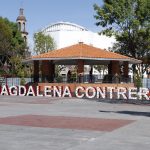
Nearest at 0.50 kms.

Nearest at 0.51 kms.
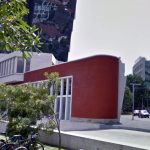
A remarkable vision of the mid-century in Mexico City . . .
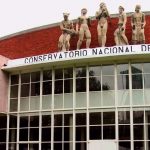
A remarkable National Monument and School of Music . . .
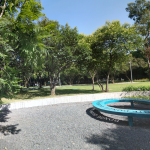
A wonderfully kept secret part of Chapultepec on the edge of Lomas . . .
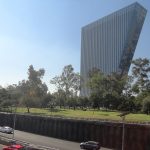
A dramatic, looming tower above western Chapultepec . . .

Main street in one of Mexico City's most iconic southern neighborhoods . . .